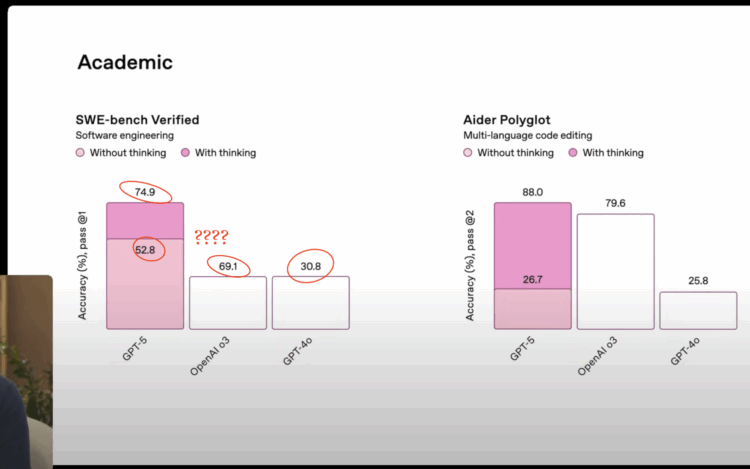In the 2023-2024 school year, I had a university undergraduate class that did something remarkable. We had a 100% participation streak across an entire semester. Every single person who was present participated verbally, every single class session. It was a special, shared endeavor, and it felt like catching lightning in a bottle. I wrote about it for Front Porch Republic here. This past spring semester, another class decided to do a semester-long participation streak, and they also succeeded. Have we started a lightning bottling facility?
In 1752, Ben Franklin explained his experiment with lightning in The Pennsylvania Gazette. He described the kite drawing “Electric Fire” from the clouds and the electrified twine conducting the Electric Fire to a key, so that: “At this Key the Phial may be charg’d; and from Electric Fire thus obtain’d, Spirits may be kindled, and all the other Electric Experiments be perform’d, which are usually done by the Help of a rubbed Glass Globe or Tube; and thereby the Sameness of the Electric Matter with that of Lightning compleatly demonstrated.” He captured an electric charge in a Leyden jar. We captured it in a classroom.
One key feature of a successful scientific experiment is the ability to replicate the results. In some ways, this participation streak was much like the last. The class was the same spring-semester, junior-level Honors course, The World of Despair and Hope. Students were already familiar with our program and with most of each other. The class is explicitly discussion based. Everyone in the room was more than capable of keeping up with the work and very familiar with the program expectations. That context mattered for both streaks.
As before, the streak only happened because of the students. I never called on anyone to keep it going. Everyone had to buy in. They did. Students decided to participate, and they held themselves accountable. If we were nearing the end of a session and someone had not spoken yet, they quickly found a way to participate. The longer we kept the streak, the more special it felt and the easier it was to keep it going. Without student enthusiasm, we would not have had any streak at all.
The results of the streak were also similar. The participation streak transformed the classroom environment. There is nothing like a shared objective to bring people together. The students seemed more interested in each other than in other classes. We built on that to foster even more community. Part way through we started sharing weekly personal goals with each other—such as working on a paper, exercising, getting a certain amount of sleep per night, or calling a grandparent on the phone—and then checking in the next week to see what got accomplished. We were not just a group of individuals in a room together.
A participation streak builds a team, but it also does wonders for individuals. There is just no way you will start the semester with a room full of people who all enjoy class participation. To establish and keep a streak, some students will have to push themselves more than others. They will have to leave their comfort zone behind, potentially every single time the class meets. It’s a big ask, but it can be transformative. We had students who would previously rarely speak in class begin to be classroom leaders in discussion, not just on days they were expected to be. Watching students come alive in the classroom is one of the thrills of teaching. When it comes to students developing more confidence participating in discussion it is especially thrilling because you know that is transferable to other contexts. A streak is empowering, and students can be inspired by each other’s successes.
A streak emphasizes the importance of each person to others around them. For the streak to survive, we all need each other every single class. If even one person opts out, the streak ends. People naturally begin to pay more attention to each other—their presence and what they have to say. The class begins to feel incomplete when people are missing. If someone is quiet, you notice that, too. The streak creates an environment in which a successful class includes hearing from everyone. It also achieves what group projects rarely do—everyone is a contributor and seen as such.
In many ways, this streak was like the one the year before. It helped students better understand the texts and appreciate each other. It made every class session engaging. We heard perspectives we would have missed if people had stayed quiet. It made the class a community. And it established this class in the annals of history. They, too, have done what so few have dared to even attempt. They tied a key to a kite string and waited for the thunder clouds.
In many ways, this streak was like the one the year before… We heard perspectives we would have missed if people had stayed quiet. It made the class a community.
Yet in other ways, this streak was something entirely new. This semester began with the conscious possibility of a streak in the air. We knew what those clouds contained. And we knew it was possible to catch the lightning and bottle it. Last year’s class was our Roger Bannister. They broke the four-minute mile. Would that class be the only mortals to ascend Mount Olympus?
The enthusiasm was different this semester. Students had heard a lot about the previous class from other students. Some of this year’s students wanted that same experience. Others were motivated by competition. There was some good-natured rivalry between some of the students from the different years. This semester, students weren’t excited because we were doing something unprecedented, they were excited to prove this group of students was just as capable and committed. We also knew what kind of glory comes with the achievement. We were trying to share in something we knew was good.
We knew last year’s streak was something special, and now we know it may have been the start of something. If we think about virtue being tied to habits and repeated practices, the first streak can now be seen as a possible beginning and not an exception. We can begin to think of ourselves as cultivating a habit of a certain kind of excellence across our honors program. What the first streak initiated, the second streak has carried forward into our program’s culture.
This second streak adds to the excitement of the first and extends excitement into the future. We have back-to-back streaks in my spring World of Despair & Hope classes. Will it continue next spring? Some students are already talking about it. (Others are no doubt hoping to avoid my section.) Could it happen in another class? We know that the springtime junior-level class can do it next year if they choose. That has been proven. Could juniors do it this fall? Could sophomores manage to maintain a participation streak across a semester? Can the experiment be replicated in other contexts?
In a strong program, each win is enjoyed by those who get to participate, and such streaks inspire those who will follow. Consider the Boston Celtics. The Celtics were NBA champions in 1959, 1960, 1961, 1962, 1963, 1964, 1965, and 1966. Each win was exciting on its own and being part of a streak only enhanced each victory. Altogether, the Boston Celtics have won an unbelievable eighteen NBA titles. Each one testifies to the quality of the team and its coaching, but every title is also enriched by the increasingly illustrious company it keeps.
The Celtics’ collective wins have shaped a distinctive team culture. They may not win every year, but they expect to contend, and they expect to win more titles in the future. The Boston Celtics did not win the title in 1967, but they did in 1968 and 1969. They won two titles in the 1970s and three in the 1980s. Most recently, they won in 2024. You know if you play for Boston, people expect you to compete for a championship. There have been many years with special Boston Celtics teams, but the Boston Celtics are a special team, period.
With regard to participation streaks, we have two big wins in a row in our honors program. It may be a little early to declare that we have a lightning bottling facility on our hands, but maybe not. That first streak started something. The culture of that individual class proved that the remarkable was attainable. The second streak is another accomplishment. It shows us that the experiment can be replicated. It speaks to the possibilities for the culture of our entire program.
According to Ben Franklin’s description of his experiment: “As soon as any of the Thunder Clouds come over the Kite, the pointed Wire will draw the Electric Fire from them, and the Kite, with all the Twine, will be electrified, and the loose Filaments of the Twine will stand out every Way, and be attracted by an approaching Finger. And when the Rain has wet the Kite and Twine, so that it can conduct the Electric Fire freely, you will find it stream out plentifully from the Key on the Approach of your Knuckle.” If future classes are as electrified as previous ones and the loose filaments of twine stand out in every way, when that electric fire streams out from the key—I hope we catch it. If we want it, we can achieve excellence every semester.
Image Credit: “Franklin’s Experiment, June 1752” via Rawpixel.


